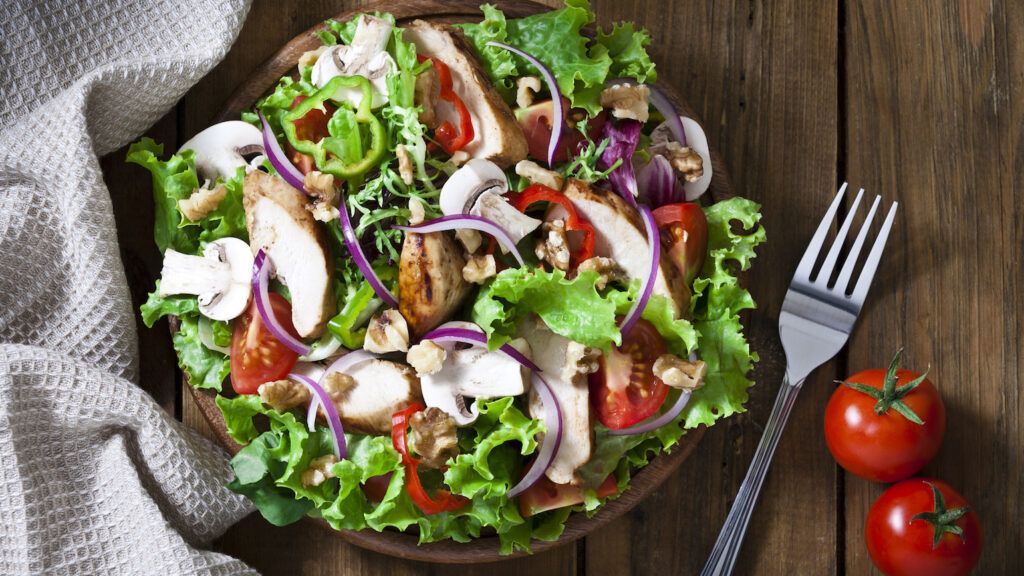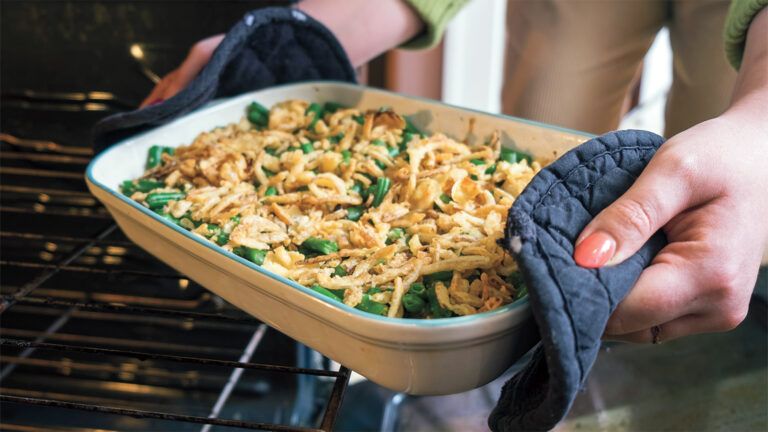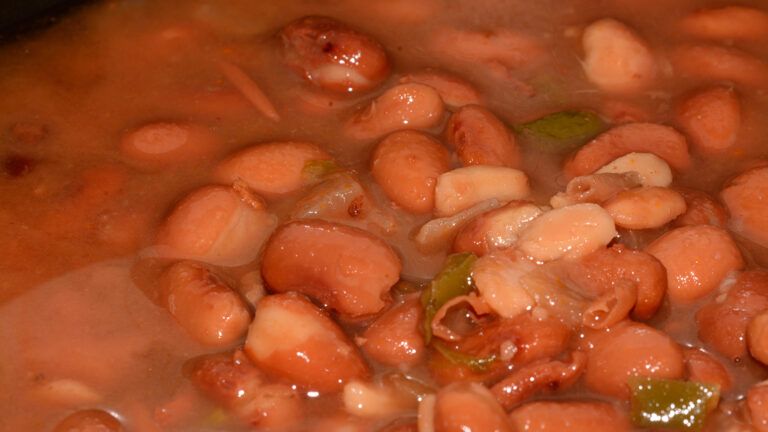Nothing says warm-weather eating, or leaves you with a positive sense of the season, like a salad for dinner.
Before I share some tips on how to craft a crisp, nourishing, meal-worthy salad, I feel the need to point out two ends of the salad spectrum that are not ideal for dinner.
The first is the “rabbit food” variety, which includes fresh, sweet lettuces but little else. These are sublime appetizers, but wholly inadequate for when the dinner bell rings. The second is the heavily-dressed, fat-and-calorie-loaded mound of food that leaves us wondering why we feel over-full when we “just had a salad” for dinner.
In between these extremes is the sweet spot of the perfect dinner salad. This salad meets the following criteria:
It Contains Protein—for energy, for nutrition, and for flavor.
It Is Beautifully Colorful—if you can’t “eat the rainbow” in a salad, where can you?
It Features Multiple Textures—each bite should give you some crunchy, some soft, and some crisp.
With this trifecta in mind as you shop the grocery store or farmer’s market, you are only limited by your imagination. Here are some of my favorite combinations for a delicious, nourishing dinner salad:
–Warm grilled chicken, cubed, with red bell pepper, cucumber, avocado and shredded carrots over a spring lettuce base.
–Shredded cold rotisserie chicken with crumbled goat cheese, cucumber, blueberries, cherry tomatoes and dill over arugula.
–Cubed fresh mozzarella, large-diced beefsteak tomato, chunks of avocado and basil cut into ribbons over spring lettuces.
–Drained, rinsed canned white beans, red bell pepper, steamed asparagus, broccoli and green beans over fresh baby spinach.
–Warm sliced, grilled flank steak, matchstick red, yellow and orange bell peppers, blanched sugar snap peas and crumbled blue cheese over a spinach/arugula mix.
Finally, a word about salad dressing. My guiding principle is always “less is more.” You want to fully taste the flavors of your salad ingredients, not have each bite taste like a different-shaped version of the dressing you’ve poured or made. Dress your salad with just a few tablespoons of dressing and add more as needed.
If you’re making your own dressing, a good ratio to keep in mind is 3:1 oil to acid. Your acid can be your favorite citrus juice (lemon, lime, orange) or vinegar (balsamic, white or red wine, apple cider), and I usually try to use olive oil for its fruity flavor and heart-healthy fat content. And don’t forget to taste the dressing and season with salt and pepper!
Read More: 5 Summer Recipes to Keep You Cool
What are your favorite dinner salad combinations? I’d love to swap ideas with you.





